There’s nothing worse than trying to protect your valuable accounts, only to find yourself on the receiving end of a phishing attack. It’s urgent that everyone should be familiar with the common indicator of a phishing attempt, so you can recognize one when it arrives. We know it’s not easy to keep up with the latest scams and methods cybercriminals use, so don’t worry – we have your back. In this blog post, you’ll learn exactly what to look out for, including some of the indicators of a phishing attempt, and I’m gonna answer your question “What is a common indicator of a phishing attempt”. Let’s dive in!
Quick Definition
Common indicators of a phishing attempt include emails or links that ask for personal information like passwords, banking details, and credit card numbers, as well as messages from unidentified sources. It is important to be wary of these attempts and only provide personal information when there is a secure connection involved.
Table of Contents
What is Phishing?
At its core, phishing is a type of online scam in which attackers use malicious emails and messages to try to steal sensitive data, such as usernames, passwords, and financial or payment-card information. It can also be used to spread malware and other malicious software. It is relatively easy for attackers to carry out because it does not require technical expertise or sophisticated resources. Furthermore, the attacker can operate from any location and remain anonymous.
Even though phishing is often done through email with fraudulent links or attachments, it can also be done through text messages, social media messages, instant messaging apps, and even via phone calls in a process known as “vishing.” Still, email remains by far the most popular platform for phishing attacks due to its sheer ubiquity.
The goal of these attacks is almost always financial gain since attackers can cause significant damage by obtaining users’ information and abusing it. The best way to protect yourself against this threat is vigilance. Being aware of the telltale signs of a phishing attack will help you recognize when someone is attempting to gain access to your data or personal information and take steps to protect yourself and your data from the attack.
Now that we know what phishing is, if you want a detailed guide on “phishing and their types“, check out our video. Now, let’s move on to our next section about targeted targets – how attackers use certain techniques to target their victims more effectively.
Targeted Targets
Phishing attempts can be tailored to specific individuals or organizations, making them far more difficult to recognize than general attacks. This type of phishing is called “spear-phishing” and is based on collecting personal information about the intended victim in order to make the email seem legitimate. They are often highly personalized, sometimes using the name of the target’s employer in an attempt to make it easier for them to open the malicious message.
In addition, attackers may also use previous knowledge of what their victims have asked for before or stolen passwords to try and gain further access. It is relatively easy to create this type of attack – attackers only need one piece of information about their target and a basic understanding of phishing tactics to craft a personalized spear-phishing email.
It should be remembered that although targeted attacks can be more successful than general attacks due to the high level of customization, they serve as evidence of an attacker’s dedication and level of effort in trying to compromise a system. Therefore, if an individual or organization is targeted by spear-phishing emails, knowing about the attack might help put preventative measures in place which would stop similar incidents from occurring again in the future.
The other side of the coin suggests that targeted attacks are actually better at fooling potential victims than traditional phishing campaigns, making them harder to detect due to the lack of red flags commonly seen with untargeted campaigns, such as spelling mistakes or generic salutations.
Regardless of whether you view targeted attacks with caution or appreciate them for being less detectable, it is important for organizations and individuals alike to be aware that these types of phishing attempts exist. With that said, check out our article on spear phishing vs phishing to get more specific details. Let us now proceed to the next section and discuss the indicators of a phishing attempt.
What are the Indicators of a Phishing Attempt?
The common indicators of a phishing attempt include:
1) Suspicious URLs: URLs that have extra words or random numbers, or have been slightly modified to look like they belong to a legitimate company are commonly used in phishing attacks. Also, hackers will try to convince you in several ways, such as free gifts, free coupons, free money, etc. to click on the link. It’s always important to double-check the URL before trusting where it’s directing you.
2) Poorly Constructed Email: A weak command of English (including frequent spelling and grammar mistakes), unpersonalized greetings, and requests for urgent action are warning signs of malicious intent. Be wary of emails from unknown recipients with generic subject lines that reference a “secure message” or “virus alert.”
3) Requests for Sensitive Data: Unsolicited requests for credit card details, bank account numbers, usernames, passwords, or other confidential data are a clear sign of malicious intent. Any reputable organization won’t ask for this type of information through email.
4) Unexpected Attachments: Be cautious when receiving unexpected attachments, even if it appears to come from someone you know. Malware can be hidden in files such as PDFs or pictures, so verify that the sender actually sent the attachment before clicking on it.
5) Pressure for Urgency: Phishing emails often use language that creates a sense of urgency, such as “Your account will be disabled if you don’t respond within 24 hours.” Scammers commonly try to pressure victims into quickly providing information in order to prevent something negative from happening – such as account closures or legal consequences – which creates fear and pushes people into hastily giving away sensitive details. Be wary of anyone who is demanding immediate action regarding your accounts or personal data; take time to research their background and consider why they require such quick action before providing any further detail.
6) Strange Logos or Branding: Badge logos that appear slightly off-brand or look distressed may be attempts at masking the identity of the sender. Additionally, suspiciously low prices on products and services should also raise red flags as these could be part of an effort to lure victims into clicking links leading to malicious sites.
7) Strange sender address: The email address of the sender may be slightly altered or not match the actual company name. When faced with an email from an unfamiliar sender, it is essential to take a closer look before taking any action or responding in any way: are you certain this message is safe? What is being asked for and requested? Considering both sides carefully before making any decision enables users to identify signs of potential danger more quickly as well as avoid unnecessary worry where none is warranted. We will talk more about this in the next section.
8) Domain name with mistakes: Always checkout the domain name for any spelling mistakes before submitting any personal information. Hackers can’t get the exact domain name a business has. So, they will alter the domain slightly to look the same as the business and create the phishing site. For example, they will alter “Facebook.com” to “Faceb00k.com”. just two 0’s instead of O’s and they look similar now.
How to spot a phishing email:
When evaluating an email or website to determine if it is a phishing attempt, the most important indicators to consider are the sender and the message content. While there are other elements of a suspicious email, such as links and attachments, these two items provide the most information for deciding if a website or email should be considered potentially malicious.
Senders of Phishing Attempts: The use of digital identities has become second nature in our daily lives. However, during digital communications, it is common for those with bad intentions to use malicious aliases or impersonate another person. Examining who the message is from can provide clues about whether or not the communication is a phishing attempt. For example, if a message purports to be from your bank yet has an address like “[email protected]” as opposed to having an address that sounds official (i.e., “[email protected]”), this could be an indicator that someone is attempting to phish you. Other red flags may include emails from senders you do not recognize at all; however, they could also be completely legitimate. It is up to you to decide based on further research and investigation.
Message Content: After determining who the message is from, and looking at what they are asking, you can offer more clues about if the email is real or fake. Phishing messages typically have generic titles and/or body content that appears rushed and unprofessional. This can be a sign of malicious intent since legitimate businesses would take more time when addressing customers via email than simply sending out an automated message. Additionally, some phishing emails will prompt you for personal information such as passwords or bank details on log-in pages associated with the email, which could indicate that this communication source should not be trusted regardless of its originator.
Overall, determining if a message is a phishing attempt requires careful analysis and discernment by the receiver, and all evidence—not just one factor—should be taken into consideration when making this decision.
Identifying Scams with Contact Names
Identifying scams with contact names is a key indicator of phishing attempts. Contact names can be used to identify potentially fraudulent emails, as they may appear in the “from” field of an email or as part of certain URLs. While it can be more difficult to spot scams when receiving emails from someone you know, there are still certain signs you can look out for.
For example, if the contact name associated with an email or URL seems unfamiliar or out-of-place, this could be indicative of a scam. Additionally, you should be alert to instances where the contact name presented in the URL does not match the sender’s email address—this could be a sign that a malicious link has been sent. You should also double-check any website addresses provided in an email for discrepancies in domain names and spelling errors.
On the other hand, most legitimate contacts will include their full name in the “from” field and a recognizable website address in the URL. In many cases, genuine contact names will have matching email addresses and URLs, which can help you distinguish between real and faux correspondence. Furthermore, messages from known senders will often include detailed contact information such as their company’s name or logos within their signature block and/or website address within the body of the message.
In conclusion, identifying scams with contact names is an important step in recognizing phishing attempts. Through careful attention to what details are being provided in both the “from” field and URL, you can gain insight into whether a message is valid or not. Knowing how to distinguish between real and fake correspondence is essential for keeping your data safe and secure online.
So far we have discussed the indicators of a phishing attempt and how to spot a phishing email. Now, it’s time to answer your question “What is a common indicator of a phishing attempt“. I mean the most common thing among all phishing attempts.
What is a common indicator of a phishing attempt:
One common indicator of a phishing attempt is the presence of a request for sensitive information, such as passwords, Social Security numbers, online banking logins or other login credentials, credit card numbers, or other financial information, and even some government proofs. Legitimate companies and organizations generally do not ask for this type of information via email. If you receive an email asking for sensitive information, it is best to independently verify the request by contacting the company or organization through a known and trusted channel, such as a phone number listed on their official website.
Also Know: How to report email phishing?
Advice for Dealing with Phishing Attempts
When faced with a phishing attempt, everyone should exercise caution. These attempts are tricky and can fool even experienced internet users. It’s important to be aware of the various platforms which can be used as a tool for fraudsters and to avoid any interactions that may seem suspicious. To guard against phishing, it’s essential to know how to recognize it.
It may be helpful to set up additional layers of security, such as two-factor authentication. This will add an extra layer of protection, as criminals will have to pass through this before they can breach your account. It is also important to regularly back up your data, so if you do fall victim to a scam, you will still have copies of the data stored safely somewhere else. Additionally, regularly updating your passwords for all your accounts is highly recommended. Passwords should contain a combination of numbers, letters, and special characters and should not use easy-to-guess combinations such as words from the dictionary or date of birth.
On the other hand, some dispute the validity of these measures as a solution to prevent phishing attempts altogether. They argue that even if you follow all the best practices for online security, there is always the potential risk of data breaches and interception of personal information. So knowing the common indicators and being vigilant when browsing online is still essential, regardless of whether or not you take the aforementioned steps.
To summarise, measures such as keeping your device secure, strengthening your password, and monitoring your accounts regularly can be taken against phishing scams in order to minimize risk and increase security. However, it is equally important to remain alert and conscious whenever clicking on emails or entering personal information online in order to prevent becoming a victim of one of these attempts.
Finally, it’s wise to keep in mind that technology is constantly evolving and changing – so try to stay aware of the latest threats and how they could impact the security of your online accounts. By taking proactive steps now, you can dramatically reduce the chances of becoming a victim of a phishing attack and secure your online security in the process.
With these preventative measures in place, we can move on to conclusions and summarize what we have learned about spotting phishing attempts.
Conclusion and Summary
Phishing attacks are a serious threat to individuals and businesses, as they often cost both victims time and money. The best way to protect yourself from such attacks is to know the common indicator of a phishing attempt. Being aware of unsolicited emails or links sent from unknown email addresses, messages that convey a sense of urgency, or requests for personal or financial information are all signs that an email may be part of a phishing attack. It also helps to be familiar with the design, style, and contents of legitimate messages in order to more easily identify suspicious activity. Finally, when in doubt, always do research before sharing private details with anyone who contacts you.
When it comes to spotting phishing attempts, it’s important to find a balance between security and usability. Security measures should not be so stringent that they create unnecessary friction for legitimate users, but rather provide enough protection that malicious actors cannot take advantage of careless users. End users should also take responsibility for their own safety by remaining vigilant about identifying potential red flags associated with suspicious emails and links.
Ultimately, understanding what constitutes a phishing attempt is the first line of defense against these malicious activities. By remaining informed about common indicators of such attacks and consistently applying security practices with caution and awareness of potential risks, individuals can better protect themselves against costly attacks.
Common Questions Answered
If you think you may have been a victim of a phishing attack, the most important thing to do is contact your bank or financial institution immediately. You should also change the passwords for any accounts that may have been impacted, including your email account and social media accounts if those were targeted by the attack.
Additionally, check for any suspicious activity on your accounts and keep an eye out for any further attempts to access them. If you use a payment method such as a credit card or PayPal, contact the financial institution associated with that method to alert them to the issue and request protective steps be taken on your behalf. Finally, always remember to remain vigilant and make sure to never give away personal information or click on suspicious links.
Phishing attempts are designed to look genuine and legitimate in order to trick you into providing your personal information or clicking a malicious link. As such, it is virtually impossible to confirm that a phishing attempt is real. To protect yourself from these attacks, the best approach is to use the “Think Before You Click” rule;
if an email or message seems suspicious, be sure to verify the source before responding or taking any action. Additionally, keep an eye out for common indicators of phishing emails, such as generic greetings, urgent requests for information, misspelled words, and links to unfamiliar websites.



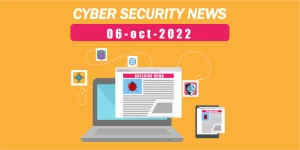
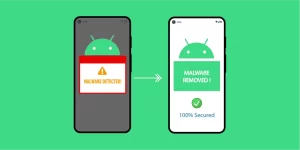


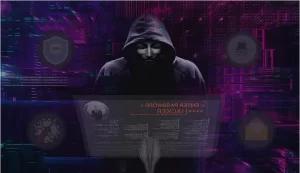
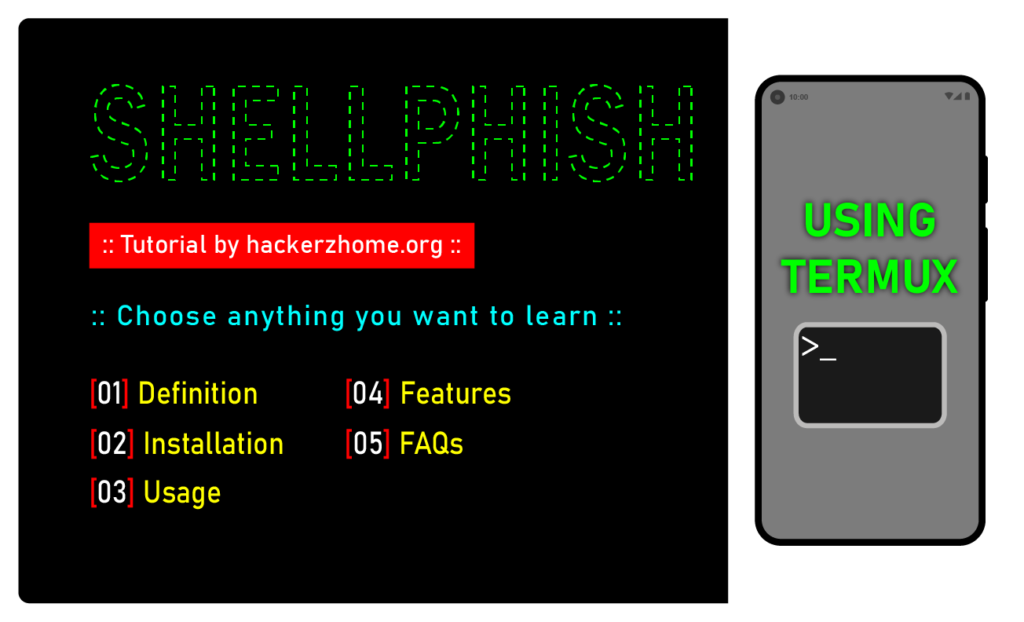
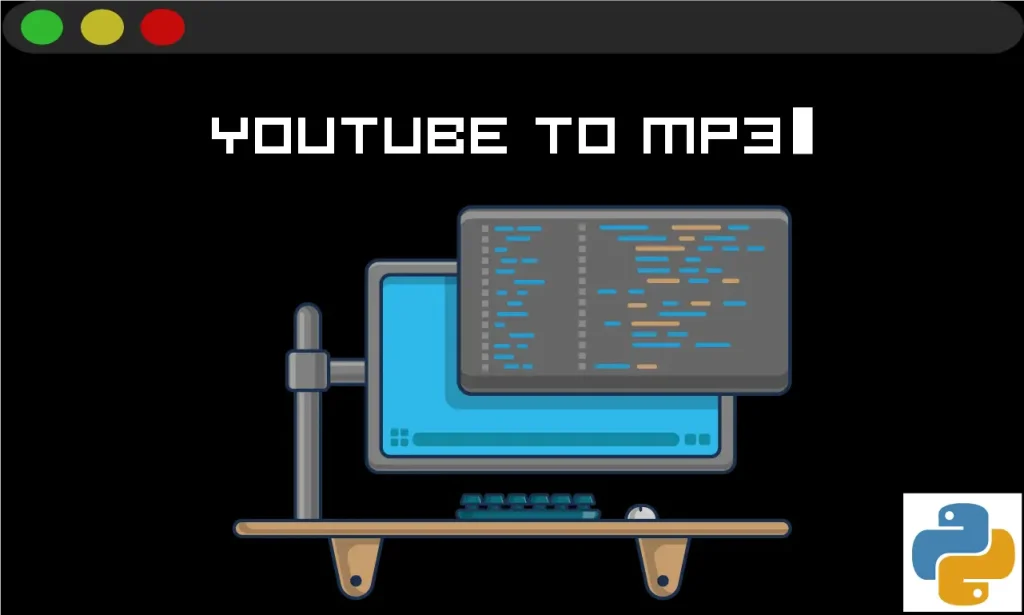
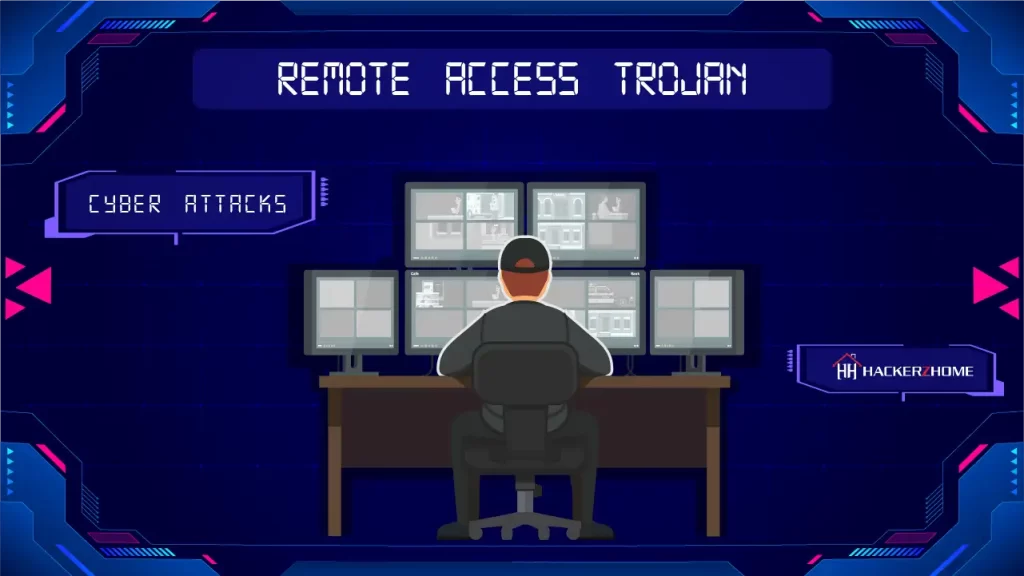
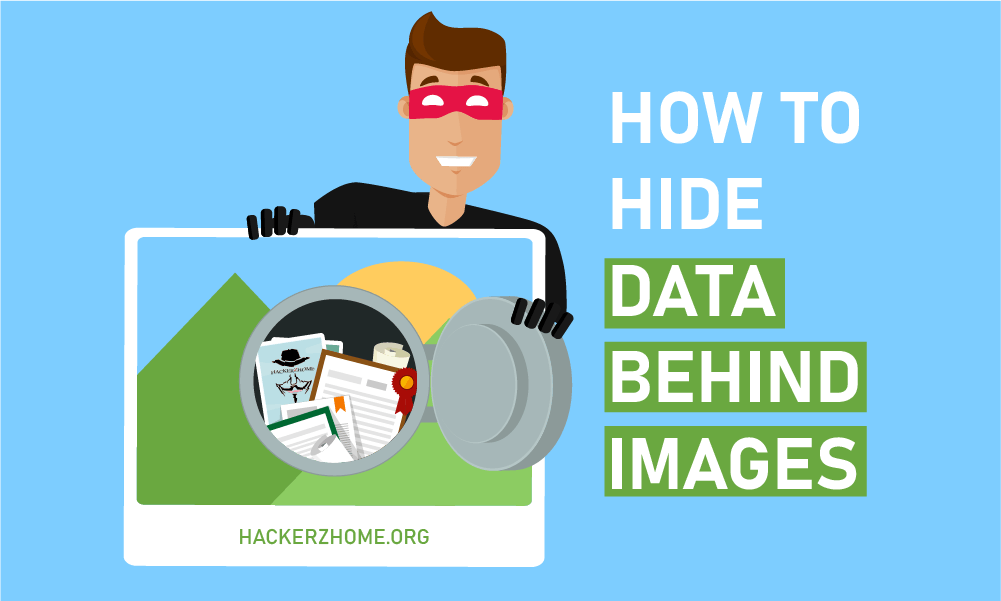
29 Responses
Abouve paragraph is perfect to know something about attacks happening and how to protect ourselves for that attacks and to improve some knowledge about attacks..kindly go through it
I was selling my coc I’d to a stranger in tg, he took the email then resets my phone?
People need better protection against phishing links and websites as they can lose their sensitive data to the wrong people
The simple way to know that a message is a phishing one is when it ask for personal details like phone number
The blog is about phishing attacks and scams. Very deeply explained types of phishing attacks and what we do to stop that.
Very important information for everyone nowadays.
online scam where attackers create fake websites, emails, or messages that appear legitimate to trick people into giving up their personal and sensitive information, such as passwords, credit card numbers, or social security numbers. Phishing attacks can happen via email, instant messaging, social media, or phone calls. To avoid falling prey to phishing scams, it’s essential to verify the authenticity of the request or message, avoid clicking on suspicious links, and never give personal information to anyone you don’t trust.Phishing attacks can happen via email, instant messaging, social media, or even phone calls. It is essential to be aware of phishing tactics and to be cautious when receiving messages or links from unknown sources, especially if they request sensitive information. The attacker usually creates a fake website, email, or message that looks very similar to the real one and asks the victim to enter their personal information. The victim might believe the message is legitimate, and provide their sensitive data to the attacker, who then can use it for fraudulent purposes, such as stealing money, identity theft, or accessing the victim’s sensitive data.
Nice try. ChatGPT is the winner.
I was able to understand what d word phishing mean, types of phishing. i also get to understand different concepts in which hackers use phishing to steal users credentials and i also get to acquire the knowledge on how to protect myself from becoming a victim of phishing and also how to deal with phishing attacks/attempts towards me/others.
Nice and valuable information .Thanks for awaring all to learn to be aware of phising attempts like phising email,webpages that requires unwanted permission and those preventive measures like two factor authentication .that was something old but definitely helpful for new users
Normal people who not belongs to networking or it sector unable to differentiate between normal link and phishing link but after reading this they are cabale of determine whether they are on right page or wrong page
The topic which is mentioned on this page is really good for everyone. It is all about phising attack and hacking. Now everyone should aware about phising and hacking after reading it. And we keep this good things in our mind to protect ourselves from that hackers.
Please share the page to everyone to read this and stay away from those hacker. And thank you ? for sharing a good topic.
From PHISHING, I have learned that cybercriminals attempt to trick individuals into providing sensitive information or downloading malicious software. I have also known the importance of being cautious when receiving unexpected emails, I will always verify the sender’s authenticity before responding to messages, or calls that request personal or financial information.
Phishing attacks can cause financial and personal harm to individuals and businesses. Proactive measures can minimize risks, such as keeping devices secure, strengthening passwords, and monitoring accounts. However, there is always a potential risk of data breaches and interception of personal information. It is crucial to remain alert when entering personal information online or clicking on emails. Indicators of phishing include unsolicited emails or links from unknown addresses, messages with a sense of urgency, or requests for personal or financial information. It is best to research before sharing private details.
The article on phishing provides a comprehensive overview of this increasingly common cybercrime. The writer outlines various tactics used by phishers and provides tips on how to avoid falling victim to their schemes. It’s a must-read for anyone who uses the internet regularly and wants to stay safe online.
This blog is actually useful, Not all people knows about this… Especially old people’s, they don’t know when it will happen and how, nowadays it’s good to be aware and well knowledge about this online phishing, It doesn’t just steals information it will also ruin the person’s reputation… Who knows, This blog should be shared everywhere to prevent Online Scams and phishing.
An idea for attempting to trace or acquire sensitive personal data of someone such as bank account number Or passwords of online websites like Facebook, Instagram and even banking sites to make a fraudulent. Usually a link is shared by message or email and using that link by victim, the phishing is done and to avoid that yoh can always check http://
If there is no “S” In https:// that means it’s a phishing site. As simple as that.
Thank you for this information.
Yes, we should check for HTTPS but it doesn’t mean if there is no S in HTTP then it will be a phishing link. HTTPS just makes sure the communication is secured and encrypted. So it is not exactly a phishing indicator
Phishing is no joke. Data security is no joke. Not only can the consequences of data leaks, cyber attacks, etc. have a negative effect locally (on your own device) but it can also harm the other individuals who might be connected on the same Wi-Fi connection. I’ve had a terrible experience with viruses attacking my computer and ultimately finding out that it led to fraud attempts using my identity. It is just awful situation that only sets you back and what was meant to be an additional minute or two to make sure that the file/email was suspicious or not, caused a “loss” of what could’ve been productive hours and days trying to restore and recuperate eveything that was lost. We definitely need to take this serious! Thanks for the article!
the person who wrote this blog knew a lot about phishing … initially i came here just to win the give away but got mesmerized by the in depth detail of the blog. kuddos to the author and thanks for sharing .
A friend of mine was a victime of that type of attack. like this topic should be teached to students to minimise number of victims in the future.
All multinational companies irrespective of the size of their business must implement this kind of deep knowledge sharing sessions as businesses are one of the main targets of these phishing attempts. Getting caught in phishing attack as an individual has very bad effect on their day to day activities, however if an organisation gets caught in the attack the impact will be too severe and can even cause the downfall of that company. So I urge all levels of businesses to take the knowledge shared in this article to guide their employees for a safer environment altogether
From above paragraph I learn that phishing means to take some personal data illegally from a person. It can be very dangerous for that person. Phishing attack is illegal and it’s a crime. We should learn about phishing attack and try to protect ourselves from it.
Phishing is nothing but a bunch of motherfucking thieves trying to steal your data by sending you links that looks related to your work but are infact fake, it’s usually simple to identify as most of those losers are Indians so they make lots of spelling mistakes in emails, the web links look similar to official but they have some small or big spelling mistakes (like the prime example of goggle.com, a deadly computer virus web back in 2k5 that would permanently destroy your whole computer) The easiest way to not become a victim is to not be an idiot because malicious content is very easy to identify
lol… btw nice email
In this tutorial, I learned:
What is Phishing, which is a type of online scam where attackers use emails, messages, or phone calls to steal sensitive data such as usernames, passwords, and payment information. The goal is financial gain, and email is the most popular platform for phishing attacks. I learned that being aware of the signs of a phishing attack is the best way to protect myself against this threat.
I also learned about spear-phishing, a type of phishing attack that is targeted to specific individuals or organizations by collecting personal information about them.
I also learned about common indicators of a phishing attempt, including suspicious URLs, poorly constructed emails, requests for sensitive data, unexpected attachments, pressure for urgency, strange logos or branding, strange sender addresses, and domain names with mistakes.
I also learned to double-check URLs before clicking on them, be cautious of poorly written emails, avoid giving out sensitive data, verify unexpected attachments, be aware of urgency language, and pay attention to strange logos, sender addresses, and domain names.
I also learned how to spot a phishing email by examining the sender and message content. I learned that I should looking for red flags such as generic message content, unusual sender addresses, and requests for sensitive information.
I actually got something new from this article. Thank you very much.
1075557184
your website is so useful bro thanks
User’s data like mail id, password, credit card, payment and other information can be hacked by phishing.
There may be some virus in the phishing page, so we should not click on any unrecognized link or reply to unknown messages.
If you do this by mistake, you should inform the cyber crime department immediately or open your antivirus and do a full scan.
This blog is actually useful… Especially for older people’s who doesn’t know much about technology, Technology is evolving people’s who use the internet should be well aware about Online Scams or Phishing, Personal information is really important and it should be protected and scams should be prevented, It’s sad that there’s a lot of scammers out there are taking the advantage of peoples who doesn’t know much about the internet… And steal their information, It could also ruin the person’s reputation and use it to take advantage of them even more. This blog should be shared everywhere to prevent Online scams and Phishing.
Phishing is not to be taken easily. We have to always be vigilant when we are browsing the web or any apps that might links can be seen.
I have learned that we should be cautious and aware of what we are clicking and puttinf information to.
The techniques that this blog mentioned helps a lot, especially to the non-techies. But not just that, even techies should not take this lightly coz as the blog suggest, our world is an ever changing and innovating technology, we must always update ourselves to the latest and commom ways to identigy this phishing mechanisms.
I, as a non-techie, am enlightened with this blog and sure would love to echo some of this infos to my friend, for them to be well aware. We never know when they might attack so make sure to always make the best out of your passwords and authentications. That might help a lot.